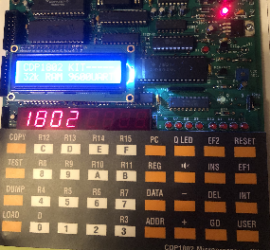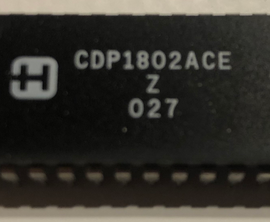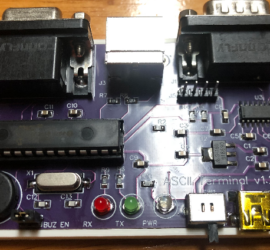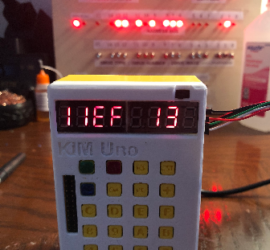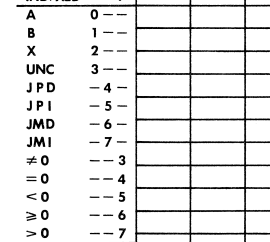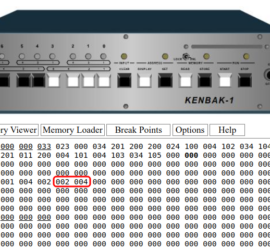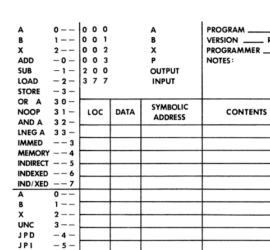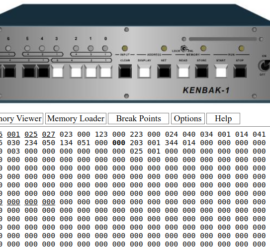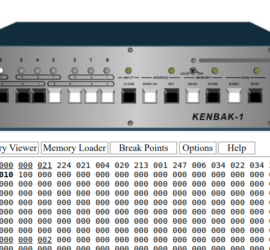A18 Assembler for COSMAC
Introduction to the A18 Assembler for COSMAC The A18 Assembler for COSMAC will convert your COSMAC assembly programs to object code. After that, you can send the file to your processor. I’m using Debian 11 for this example, but the A18 package also comes with a .exe file if you Read More »

